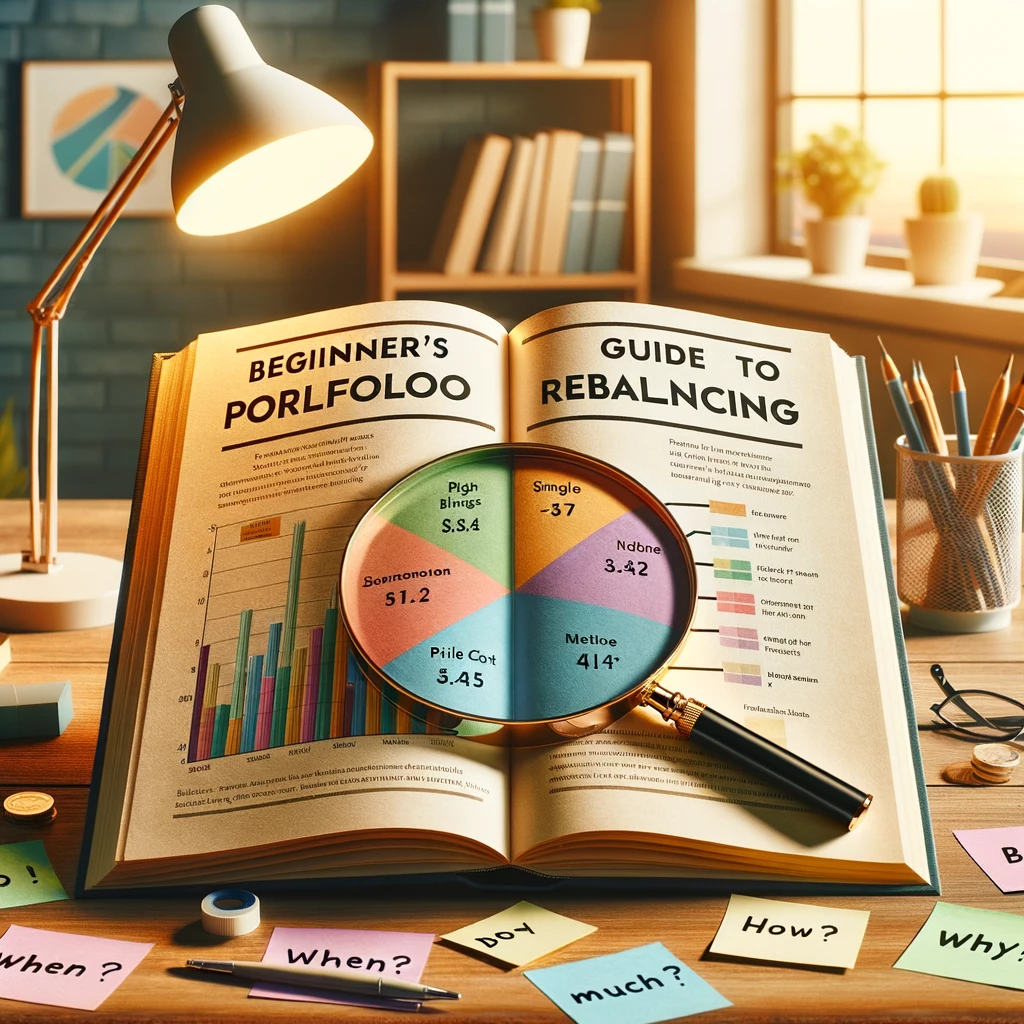How Often Should I Rebalance My Portfolio? The Beginner’s Guide
Navigating the investment world, every beginner stumbles upon the pivotal question, “how often should I rebalance my portfolio?” This guide is tailored for novices to decode the art of rebalancing, ensuring a robust financial foundation.

Understanding Portfolio Rebalancing
At its core, rebalancing is the process of realigning the weights of your portfolio’s assets. Over time, as some investments perform better than others, your portfolio can stray from its initial asset allocation. Rebalancing ensures your investments remain aligned with your financial goals.
Why Rebalancing Matters:
- Risk Management: It helps maintain your desired level of risk. For instance, if stocks in your portfolio perform exceedingly well, you might become too heavily invested in equities, increasing your exposure to market volatility.
- Potential for Better Returns: Regular rebalancing can lead to improved portfolio performance by capitalizing on market highs and lows.
- Staying on Course: It ensures your investments mirror your financial objectives, whether it’s buying a home, funding education, or preparing for retirement.
When Should You Consider Rebalancing?
There are two common strategies:
- Calendar-based Rebalancing: This involves checking your portfolio at regular intervals (e.g., quarterly or annually) and adjusting as needed.
- Threshold Rebalancing: This approach is triggered when an asset’s weight in the portfolio deviates by a predefined percentage from the original or target allocation.
Steps to Rebalance:
- Review Your Current Allocation: Understand where your investments currently stand.
- Compare Against Your Desired Allocation: Determine how far you’ve strayed from your initial goals.
- Make Necessary Trades: Buy or sell assets to get back to your desired allocation. Remember to factor in transaction costs.
Common Misconceptions:
- “I need to rebalance often to get the best returns.” Frequent rebalancing can lead to higher transaction costs and potential tax implications.
- “Rebalancing is only for experts.” While professionals can help, the basics of rebalancing are accessible to all investors. Tools and online calculators are also available to guide beginners.
- “It’s time-consuming.” With modern tools, the process can be streamlined, and some platforms even offer automated rebalancing options.
Conclusion
As a beginner, the world of investing can seem overwhelming, with numerous decisions to make. However, understanding the fundamentals, like the importance of rebalancing, can set a solid foundation for future financial success. By regularly revisiting the question, “how often should I rebalance my portfolio?” you can ensure that your investments remain aligned with your goals, managing risks, and optimizing potential returns.

